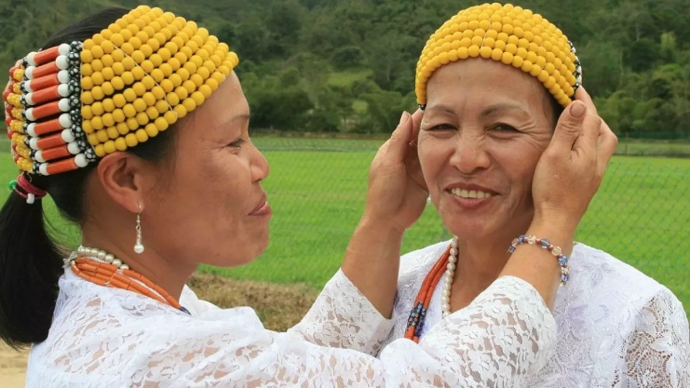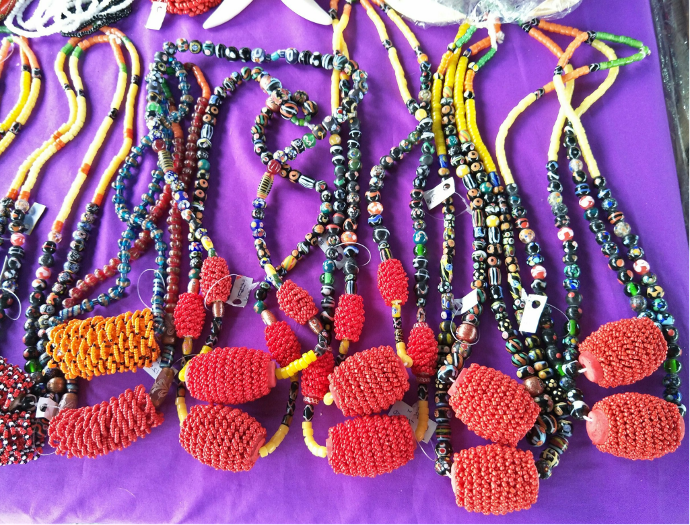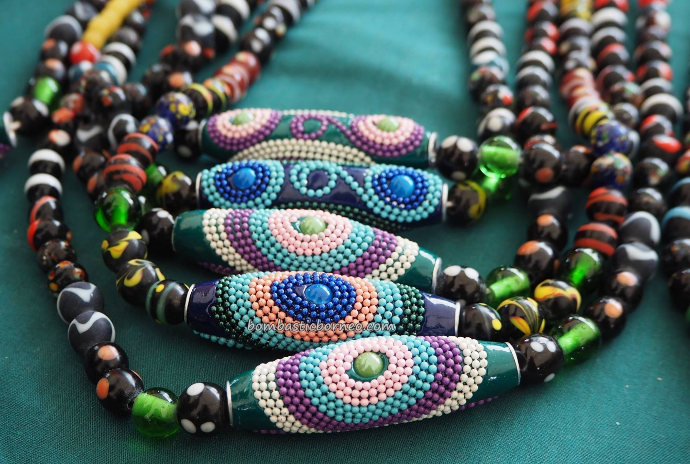Lun Bawang Beads : Practically Wealthy
Beads have always been an integral part of culture for the natives of Sarawak. But their value was not just the aesthetics. For those of Lun Bawang ethnicity, these beads also held monetary value.
The beads are made by pounding and rolling clay into the desired shape before being fired in a kiln. Each bead is painstakingly painted by hand, adding to the value of its’ craftsmanship.
The beads started to decline when World War 2 hit Sarawak. Many were sold off as necessities became scarce, and the destruction of land and property meant that many antique beads were lost to time. There was a resurgence in the 1970s when collectors both foreign and local took an interest, causing the beads to rise in value again.
Most families keep what beads they’ve managed to protect as family heirlooms. The beads used in public appearances with their traditional clothes are made of plastic or other materials instead to preserve the original beads. You can currently find some beads in both physical and online stores, as there are efforts to revitalise and elevate the craft to a modern audience.
References: 1. Munan, H. (1993). Lun Bawang Beads. BEADS: Journal of the Society of Bead Researchers, 5, 50–55. https://surface.syr.edu/cgi/viewcontent.cgi?article=1057&context=beads 2. Beads – The New Age. (2018, December 21). Dayak Wanderer. https://dayakwanderer.com/2018/12/21/beads-the-new-age/
(Lun Bawang Women Wearing ‘Pata’-Image taken from borneotoday.net)

(Some Lun Bawang Necklaces-Image taken from dayakwanderer.com)

(Lun Bawang Necklaces-Image taken from bombasticborneo.net)